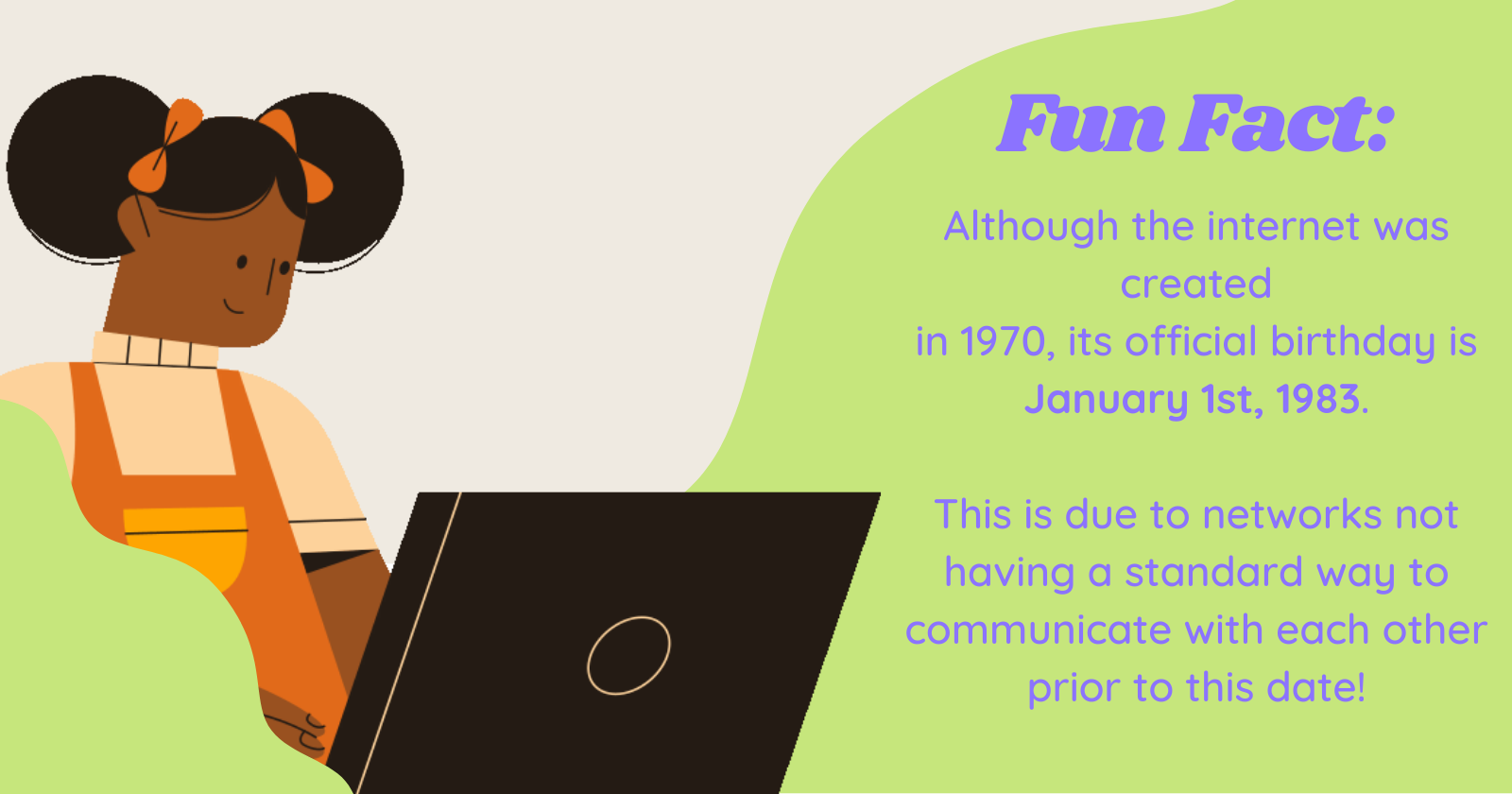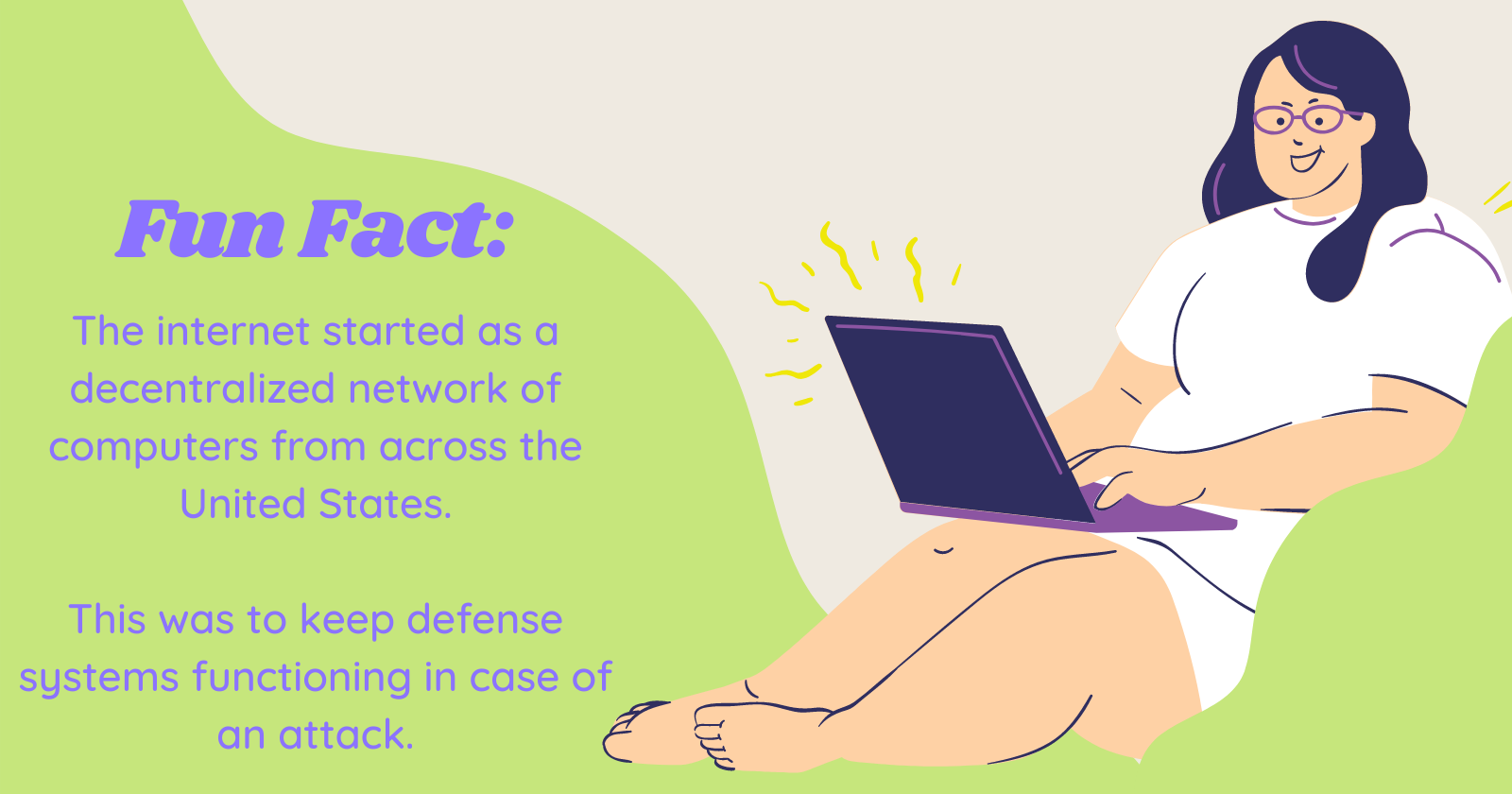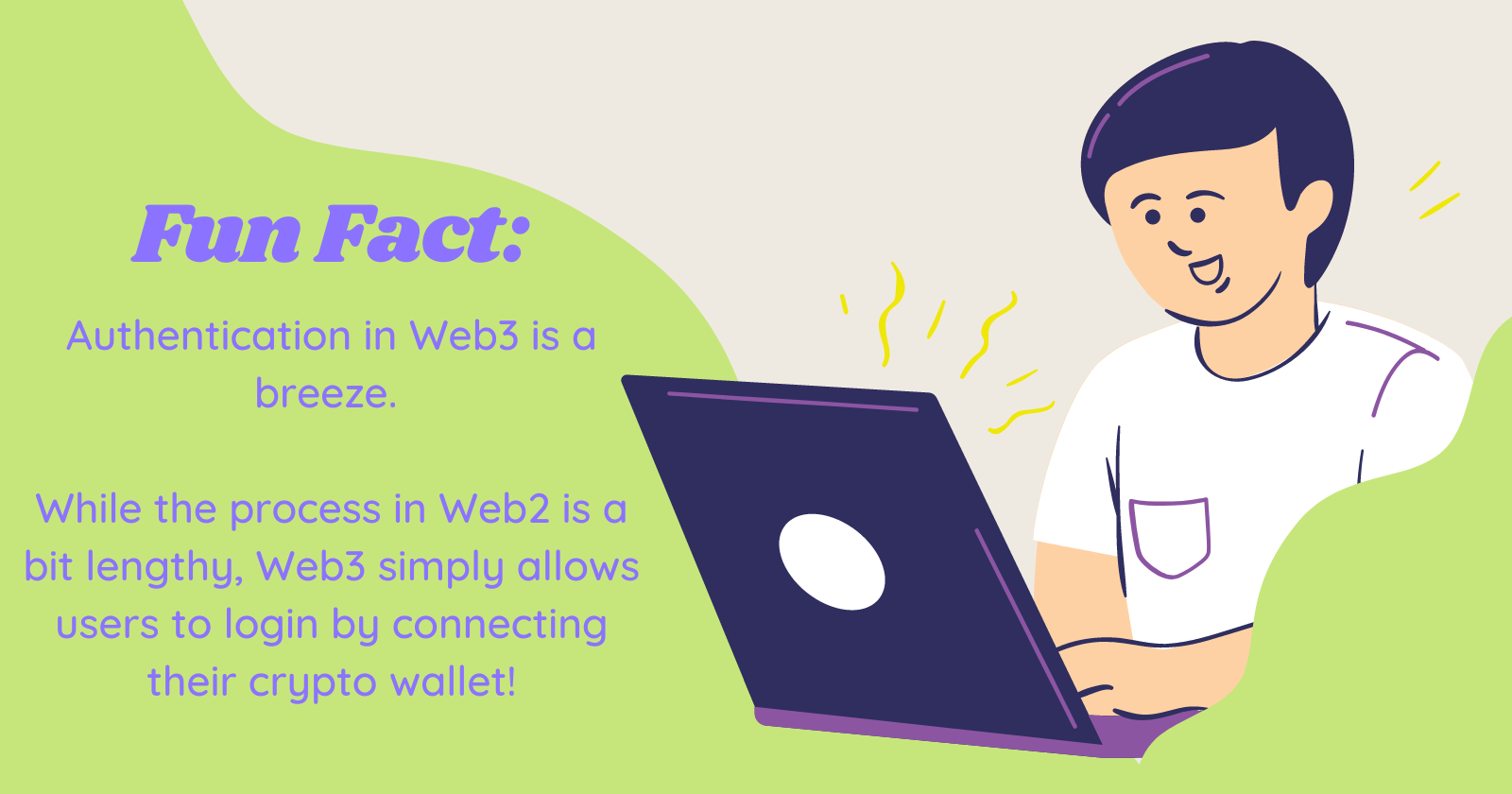Intro to Web3
If you're familiar with web3 fundamentals and already have your own crypto wallet, feel free to jump ahead to the next section!
Welcome to the beginning of your decentralized adventure! Allow me to guide you through the new and exciting iteration of the internet known as Web3. By the end of this article, you will have the answers to the questions you're currently thinking, like What the heck is web3? What does decentralization mean? And: Are these all just buzzwords?
The Internet Over The Years...

The internet has been a global phenomenon for quite some time now. It has changed the very way in which we live our lives. Before the internet, it wasn't as easy to show a photo of your cute cat to thousands of people.
Now, it's thanks to the modern-day advancements of the internet that we can post daily updates about our lives, communicate with friends and family through instant messaging apps, or even order everyday items like food and appliances online.
Web 1.0 - The Root of Decentralization

The internet was invented during the 1970s at the peak of the cold war between the United States and Russia. Because the US government feared an attack would disable their weapons systems, they built a decentralized system that contained a network of many computers all across the country. This way, if anything were to happen, the defense system in place would still be operational.
In 1989, Tim Berners-Lee was developing the technology that would ultimately become the World Wide Web. What exactly was his vision for the web? It was to create decentralized, open-source information sharing around the world.
Web 1.0 is defined as the version of the web that existed between 1990 to 2004. During this time, the internet mainly consisted of static websites owned by individual companies. Because the web was facing a slow adoption rate, most sites had little to no user interaction. Since user interaction was practically non-existent during these times, Web 1.0 is commonly referred to as the "read-only" web.
Web 2.0 - The Centralized Web

Around 2005, internet speed significantly increased compared to the prior decade. More people were connecting to the internet than ever before, with that number increasing each subsequent year.
Needless to say, the web was experiencing growth at a rapid rate. People were now able to communicate instantly by using chat applications like AOL Instant Messenger. Taking 3 minutes to load a webpage had now become a thing of the past for the majority of users. Most websites started to actually have layouts instead of just being colored backgrounds with text on them.
Websites that previously had little user interactions finally gained traction. Businesses were being created, communities were being built, and education was becoming more accessible due to resources available online. Because of this, Web 2.0 is also known as the “read-write” web (as opposed to Web 1.0 being known as the “read-only” web).
This version of the internet is the one that most users are familiar with: the centralized web. Also known as Web 2.0, the centralized web contains websites that store their content on a cloud storage management service like CloudFlare or AWS (Amazon Web Services). Basically, the majority of sites on the mainstream internet are tied to a server run by Google, Amazon, or other big name organizations.
This means that, if anything were to happen to the cloud services such as a hack or service disruption, all the websites attached to those services would go down. In 2017, Amazon Web Services experienced a massive outage that lasted around 4 hours. This outage was caused by an engineer who executed the wrong command. This was a massive problem for AWS, which hosts millions of sites on its platform (over 9 million at the time of writing!).
Popular sites like Coursera, Medium, Docker, Slack, and more were down during this time as well.
It seems that 2017 was a rough year for the centralized web in general. Aside from the aforementioned AWS outage, there was also the massive Equifax Data Breach which impacted 148 million customers.
Web 3.0 - The People's Internet

In Web3, decentralization has returned! Data is encrypted and securely stored across multiple nodes (computers connected to a blockchain network). These nodes are run by individuals worldwide who are sharing their disk space for a fee. Because data is stored on multiple nodes instead of one central server like AWS, it is decentralized. This enhances data security for websites and their users.
Imagine you're accessing a site that you want to become a member of:
- In Web 2.0, you would have to sign up, go to your email, click a verification link, then navigate back to the site, probably solve a captcha where you have to click all the bicycles in the picture, then login. That's not a very good user experience!
- In Web 3.0, you simply just connect your wallet to login. You don't have to deal with annoying captchas, and your data is protected!
Unlike instances of misfortune that happen on the centralized web like the AWS outage, web3 servers cannot go down. A data breach like the 2017 Equifax breach could never happen in web3. This is thanks to the decentralized network of nodes connected to the blockchain that are responsible for encrypting data.